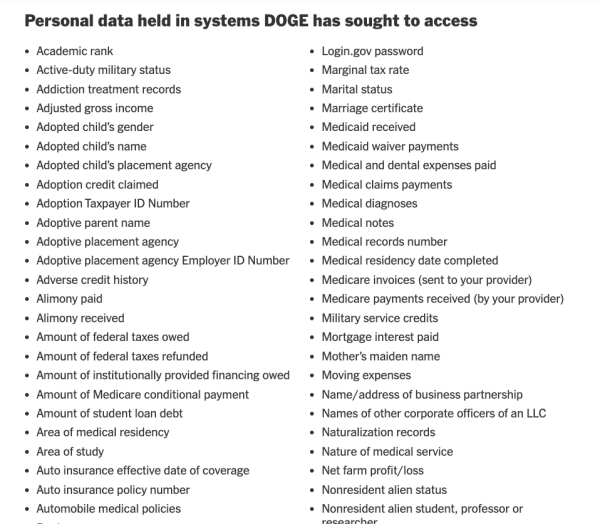Article by Sebastian Zimmeck: “…rights, as currently encoded in privacy laws, put too much onus on individuals when many privacy problems are systematic.5 Indeed, privacy is a systems property. If we want to make progress toward a more privacy-friendly Web as well as mobile and smart TV platforms, we need to take a systems perspective. For example, instead of requiring people to opt out from individual websites, there should be opt-out settings in browsers and operating systems. If a law requires individual opt-outs, those can be generalized by applying one opt-out toward all future sites visited or apps used, if a user so desires.8
Another problem is that the ad ecosystem is structured such that if people opt out, in many cases, their data is still being shared just as if they would not have opted out. The only difference is that in the latter case the data is accompanied by a privacy flag propagating the opt-out to the data recipient.7 However, if people opt out, their data should not be shared in the first place! The current system relying on the propagation of opt-out signals and deletion of incoming data by the recipient is complicated, error-prone, violates the principle of data minimization, and is an obstacle for effective privacy enforcement. Changing the ad ecosystem is particularly important as it is not only used on the web but also on many other platforms. Companies and the online ad industry as a whole need to do better!..(More)”

